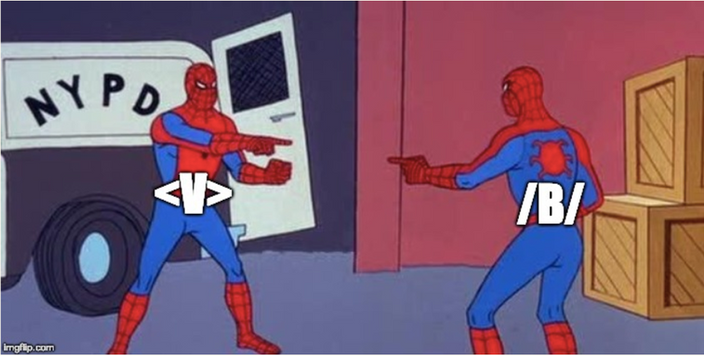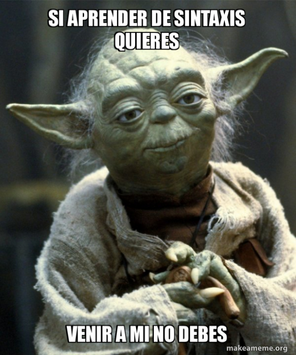Jhonni Rochelle Charisse Carr, PhD
Conintuing Lecturer of Spanish Linguistics
Department of Spanish & Portuguese, UC Berkeley
TEACHING
In my teaching, I prioritize real world applications and contextualized, project-based activities. For example, in my “Intermediate Spanish for Heritage Speakers” course, students explored different resources on campus such as MEChA and Undocumented Student Services. In small groups they investigated an organization, recorded interviews in Spanish with a representative, and later edited them to include in a video. In order to prepare my students for the interviews in a way that would accommodate different learning styles, I provided them with multi-sensory source materials: they listened to sample interviews, read about interviewing techniques, and then practiced writing interview questions and performing in class. In addition to learning about valuable organizations on campus, students gained confidence in using Spanish locally in a formal register. These videos were posted online in order to make them available to the larger campus community; some can be seen below. The project has since been adopted by fellow instructors, and my colleagues nominated me for the “Most Collegial Instructor of the Year Award,” which I later received.
Student Work: Intermediate Spanish for Heritage Speakers
Student Work: Introduction to Spanish Linguistics
In order to have students connect with course materials in a modern, fun way while also incorporating the use of technology, I had them make linguistics-related memes for my classes. Below I include some examples from my Introduction to Spanish Linguistics course (Spring 2019). I created a collaborative document using Google Slides with some examples. The first image is of the instructions for the activity. Instructors: feel free to do something similar in your classes! This type of activity works at all levels, and not just for linguistics, but for languages and other topics.
Student Work: Spanish in the US and Spanish in Contact With Other Languages
As Landry and Bourhis (1997) have noted, "the language of public road signs, advertising billboards, street names, place names, commercial shop signs, and public signs on government buildings combine to form the linguistic landscape of a given territory, region or urban agglomeration." In other words, we can conceive of written language in the public space as forming a location's linguistic landscape. In the spring of 2019, I followed a semester-long project-based learning method, using the linguistic landscape as a lens to study Spanish in the US and Spanish in contact with other languages.
As a class, we selected a nearby Latinx neighborhood to study and divided into teams to document its linguistic landscape. After compiling our images, we formed new teams to analyze the characteristics of the local Spanish variety and different contact-related phenomena including calques, loanwords, and code-switching. We additionally examined orthography in search of English influence.
In order to share our results with the community and other interested parties, I created a collaborative website using Google Sites, which we constructed as a class. Click on the image below to visit our website and learn more about the linguistic landscape of Fruitvale, California.
Classes Taught
Department of Spanish & Portuguese, UC Berkeley
Spanish in the U.S. and in Contact with Other Languages
Spanish in the Linguistic Landscape: Implications for Linguistic and Sociocultural Study
Spanish Dialectology and Sociolinguistic Variation
Sociolinguistic and Psycholinguistic Approaches to Spanish Bilingualism
Spanish Phonetics and Phonology
Spanish Pronunciation and Accents in Native and Non-Native Speakers
Spanish Morphology and Syntax
Introduction to Hispanic Linguistics
Department of Spanish & Portuguese, UCLA
Dialectology and Sociolinguistics of the Spanish-Speaking World
Introduction to Spanish & Portuguese Linguistics
Elementary Spanish I, II, III
Intermediate Spanish I, II
Intermediate Spanish for Heritage Speakers
Advanced Spanish Composition
Brazilian Culture (Teaching assistant)
International Education Office, UCLA. Study Abroad Program in Granada, Spain
Intensive Intermediate Spanish I, II
Department of Linguistics, UCLA
Introduction to Linguistics (Teaching assistant)
Dashew Center for International Students & Scholars, UCLA
Advanced American Culture & Conversation

Teaching Award Recipients with the
Director of the Language Program

Dinner with some of my AC&C students (Winter 2013)

My Spanish 4/5 class in Granada (Summer 2013)


















